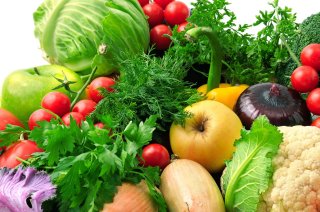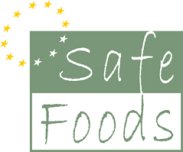
About SAFE FOODS
This Integrated Project will focus on the improvement of risk assessment methods and risk analysis practices for foods produced by different production practices (high or low input systems) and with different breeding technologies (traditional, molecular, genetic modification).
Overall Strategic Objectives
The main objectives of the project are:
- To design a European working-procedure for early identification of emerging chemical or microbial risks in food production chains in an expanding European market.
- To develop comparative safety assessment methods for foods produced by different breeding approaches and production practices, using modern profiling techniques, and new qualitative and quantitative risk-benefit (e.g. nutritional, economic) assessment models.
- To investigate consumers confidence/preferences in risk analysis practices for foods including labelling and nutrition issues.
- To understand differences in food risk perceptions of consumers, experts, and decision-makers, and to design informative risk communication strategies which directly address societal concerns including labelling and nutrition issues.
- To investigate the role of institutions across Europe involved in risk assessment and management given the greater interest of the consumer in taking a broader impact of food production on environment, animal welfare, sustainability, and socio-economic consequences into account, including labelling and nutrition issues.
- To design a new risk analysis approach for foods, integrating scientific principles, societal aspects and effective public participation.
- To apply where necessary and appropriately the different research activities completed, and to consider and interlink activities that are on-going and/or planned at international level involving different stakeholders and official national and international organisations.
Questions to be answered
- How can new informative profiling methods for identification of emerging risks in food production be applied?
- How should information about risk assessment be communicated to the public?
- How can public concerns be incorporated into this process including labelling and nutrition?
- How can effective communication and inclusive public participation in risk management, science and technology be developed?
- What is the role of institutions involved in risk assessment and management in the light of a broader risk analysis framework taking socio-economical, risk-benefit issues, consequences of introducing foods and new production methods into account?
Consumer confidence
This project will pay close attention to the potential importance of consumer confidence for the societal acceptability of effective risk analysis practices for foods.
Within the traditional approaches to developing risk perception and communication strategies in the agri-food area, it has been argued that the three elements of the risk analysis process, i.e. risk assessment, risk management and risk communication should be functionally separated. However some integration between these three elements has been suggested.
There is a need to provide mechanisms to integrate and coalesce these different steps as they are closely interrelated.
